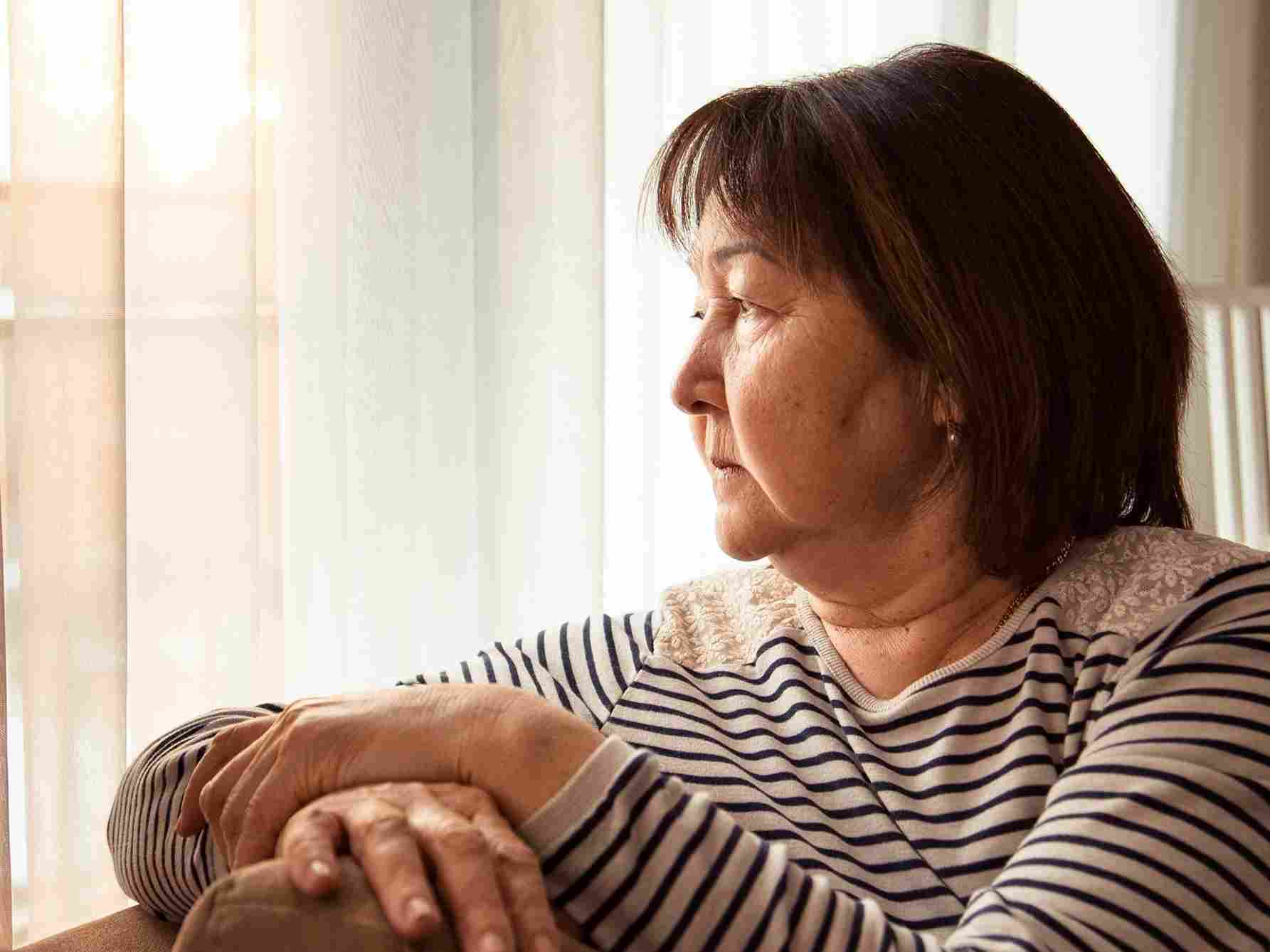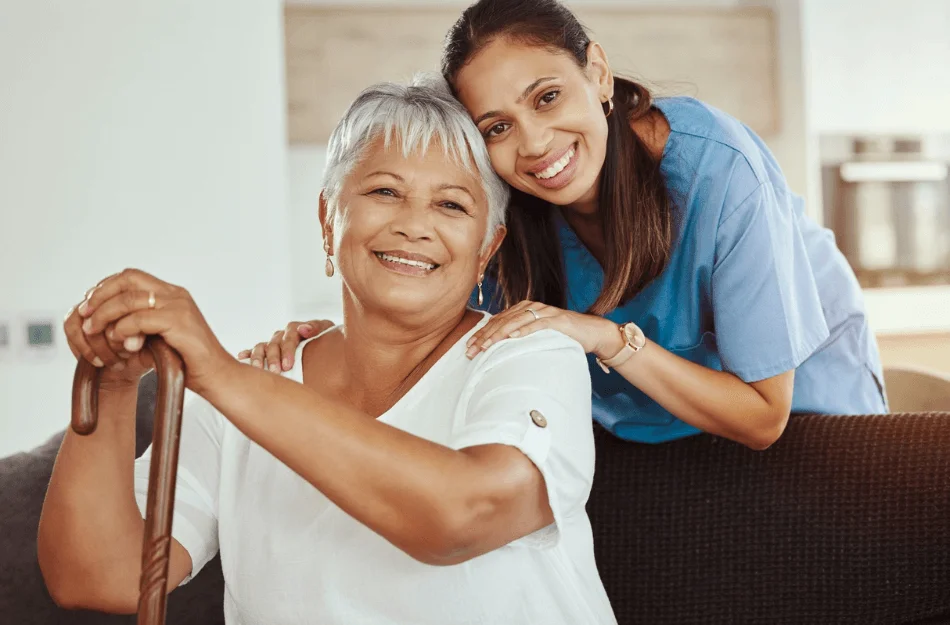During Patient Safety Awareness Week—March 12 to March 18—we’re extra excited to participate alongside health care organizations and individuals advocating for patient safety excellence. As part of our contribution, we at VirtuAlly are sharing resources and recommendations that focus on various aspects of patient safety. We’re starting with a topic dear to our hearts and core mission: elderly fall prevention.
Elderly Fall Prevention: A call to action for all adults
The World Health Organization reports that adults over age 60 suffer the greatest number of fall fatalities. According to the CDC, at least 300,000 older people are hospitalized for hip fractures.
Falls can extend hospital stays (added time spent in the hospital due to fall-related injuries cost an average of $14,000 per patient). Falls also increase the chance of hospital readmission. For example, a study examining the long-term outcomes for elderly patients who sustained a ground-level fall indicated that, within 1 year of injury, 44.6% of the patients were readmitted.
 The fear of falling can reduce confidence and cause elderly people to feel isolated.
The fear of falling can reduce confidence and cause elderly people to feel isolated.
Since aging causes our bodies to go through various changes that can negatively impact our balance, coordination, and mobility, fall injuries can also threaten independence and erode confidence. So, even if you’re not an older adult, there is likely an older person in your life who will appreciate your intentionality around protecting them against falls. Therefore, as a first step, we recommend understanding the causes behind accidental falls which senior adults encounter.
Factors that Contribute to Falls in Elderly People
-
Declining eyesight (e.g., lack of depth perception)
-
Lack of exercise and limited physical movement (which could result from illness, injury, or the fear of falling)
-
Symptoms from medications (e.g., dizziness, blurred vision)
-
Parkinson’s, Alzheimer’s, arthritis, osteoporosis, and other chronic diseases that affect balance and physical strength.
-
Surgeries (e.g., hip and knee replacements)
-
Pain in the body
-
Footwear (e.g., loose fitting shoes, flip flops)
-
Living environment (e.g., cluttered floors, types of flooring, uneven flooring)
-
Weather-related conditions (e.g., slippery cross walks)
-
Lack of help while doing chores
-
Poor nutrition and/or dehydration (e.g., dehydration can cause dizziness, malnutrition impacts strength and mobility)
Now that you’re more familiar with factors that contribute to falls among our elderly, let’s look at where these falls tend to occur most.
Where Falls in Elderly People Occur Most
Elderly fall prevention is often about extending a hand.
The national council on aging reports that 60% of falls happen in the home. This is because elderly people typically spend more time at home than other locations. In turn, this increases their exposure to fall hazards. Often, it’s the home environment that’s laden with trip hazards.
“I’ve rearranged furniture and, in some cases, suggested my clients remove excess furniture in order to prevent at-home fall accidents”, says Cassandra Spann, a CNA with over 20 years in geriatric care. “Patients often don’t realize that almost any type of furniture can be a tripping hazard if it interferes with them navigating a pathway.”
However, fall prevention is possible. Often falls can be prevented by making simple modifications around the house and by paying close attention to your immediate surroundings.
Check for Safety, Keeping Fall Prevention Top of Mind for Seniors
Ms. Emma, a 69-year-old-who feared tripping over her grandsons’ toys lying around her garage prioritized her personal safety. “I put a large storage box near the garage door”, she says. “At first it was the smaller toys I couldn’t see that had me worried. But when I stumbled over a larger toy, I realized any sized toy cluttering the floor could be dangerous. I also put reflective tape around the outside of the box to help everyone see it.
Smart moves, Ms. Emma. There are many ways you can help empower older adults to take charge of their safety in and around their home. We’ve assembled a list of things to be cautionary about:
-
Throw rugs without slide prevention material
-
Hallway runners with areas that stick up or with ends that don’t lie flat
-
Extension and device charging cords
-
Greasy or wet flooring
-
Slippery bathtubs
-
The legs of TV trays and side tables
-
Clothes, shoes, cords, dumbbells, papers, books, and other items lying on floor
-
Stairs without handrails
-
Slippery flooring
-
Plants in pathways
-
Lack of grab bars on tubs and toilets
-
Rocks, leaves, or debris on walkways
-
Intoxication from alcohol
-
Out of reach tools and kitchen utensils
-
Standing on chairs—particularly those with wheels
-
Climbing up on counters
-
Furniture—including beds—that are too high to get in and out of easily
-
Pets lying underfoot and in high traffic areas
-
Not having walking aides nearby when needed
-
Poorly lit walkways, stairs, and porches
-
Overly long coats, robes, and other clothing
-
No nightlights in bathrooms, bedrooms, or hallways
Your call to action: encourage elderly family members, friends, and patients to ask for help when they need it. We also recommend adding these resources to your fall prevention program.
Free Fall Prevention Resources
-
Be aware of flooring options These considerations can help increase the safety and confidence older people have about living in their home.
-
Explore this resource for preventing falls at home room by room.
-
Check out the CDC home fall prevention checklist for elderly people.
-
Learn ways to help an elderly person who has fallen.
-
View several fall intervention guides for individuals and health care providers.
-
Download high impact fall prevention brochures.
-
Practice recommendations shown in the elderly fall prevention guide below.
 Falls are a serious health risk for elderly adults; preventing falls at home can significantly reduce debilitating injuries. In this article, we explored several practical tips and resources for elderly fall prevention. We hope that the resources and recommendations we’ve offered will be applied in practice.
Falls are a serious health risk for elderly adults; preventing falls at home can significantly reduce debilitating injuries. In this article, we explored several practical tips and resources for elderly fall prevention. We hope that the resources and recommendations we’ve offered will be applied in practice.
As always, your perspective helps us make workplaces better for patients and caregivers. Contact us to share your thoughts or to request a demo of our virtual patient monitoring technology.

